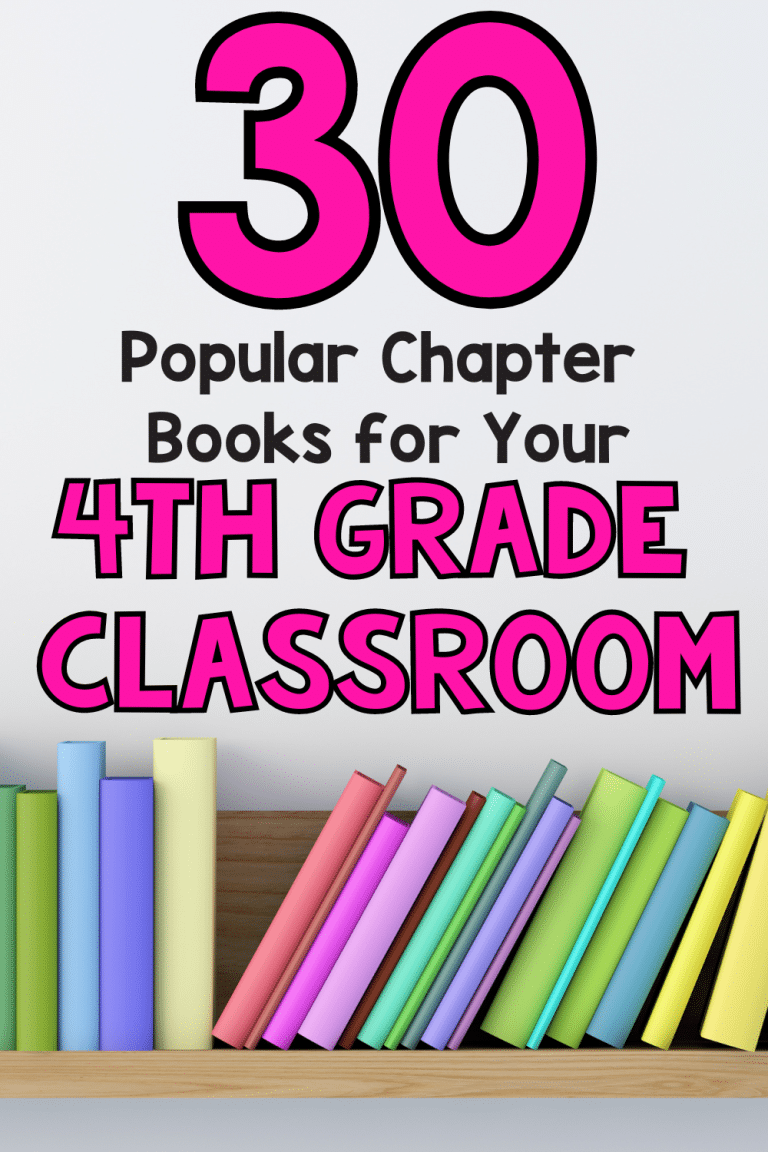Teaching Plant and Animal Physical Adaptations Lesson to Kids
Are you a 4th or 5th grade science teacher searching for an engaging and educational resource to teach your students about animal adaptations and plant adaptations? Teaching plant and animal physical adaptations can be difficult for students to understand. For this reason, I created an entire low-prep plant and animal adaptations resource all about physical adaptations. Our Plant and Animal Physical Adaptations lesson is the perfect tool to explore this topic in your life science classroom.

Plant and Animal Physical Adaptations: A Deep Dive
This resource is designed to give your students an up-close look at how different living things have evolved to survive and thrive in their natural habitat. With a focus on physical adaptations, behavioral adaptations, and structural adaptations, this lesson covers a wide range of examples that will captivate your students’ interest.
In this resource, you’ll have all of the materials you’ll need to teach your students about camouflage, where animals like chameleons change color to blend into their natural environment, stick insects resemble twigs, and Arctic hares turn white in the winter to blend in with the snow. These are just a few of the many fascinating adaptations your students will learn about.
Plant and Animal Physical Adaptations: Interactive and Informative Content
Our lesson plan includes non-fiction student pages that are perfect for close reading activities. These pages are packed with information about different animals and their unique adaptations. For example, your students will learn about the protective shells of turtles, the armored plates of armadillos, and the scales of pangolins that shield them from predators. They will also discover how mountain goats’ specialized cloven hooves help them climb steep, rocky terrain, and how the webbed feet of ducks aid in swimming.
Additionally, the lesson includes educational posters and student sheets that make it easy to integrate this resource into your teaching. Whether you’re using interactive whiteboards or conducting independent work, our materials are designed to be versatile and effective.
Plant and Animal Physical Adaptations: Foster Critical Thinking and Curiosity
The Plant and Animal Physical Adaptations lesson plan is not just informative but also encourages students to think critically about how adaptations work. With dependent activities and an essential question to guide their learning, students will be able to answer questions like, “How do different adaptations help organisms survive in their environments?”
The lesson also includes a fun and engaging set of plant and animal adaptation activities that are perfect for science centers. For example, students create their own plant or animal that has specific and unique adaptations to survive. Students identify their needs, label the parts of an organism, and create a drawing of the animal or plant they create. This is one of my students’ favorite plant and animal adaptations activities, and it truly gets them to apply their learning.
Quick prep adaptations science centers are included to make your job easier and to provide hands-on learning experiences for your students.
Why Choose This Resource?
- Comprehensive Content: Covers a wide range of adaptations in different animals and plants.
- Engaging Materials: Includes non-fiction student pages, educational posters, and student sheets.
- Versatile Use: Suitable for interactive whiteboards, independent work, and science centers.
- Critical Thinking: Encourages students to think critically about adaptations and their importance.
Equip your fourth graders, fifth graders, or sixth graders with the knowledge they need to understand the fascinating world of adaptations, and make teaching science much fun and highly effective! Grab our Plant and Animal Physical Adaptations unit plan today and add it to your life science unit by clicking the photo below.
LOOKING FOR MORE PLANT AND ANIMAL ADAPTATIONS RESOURCES?
Plant and Animal Adaptations Game
Plant and Animal Adaptations Paired Passages
Plant and Animal Adaptations Writing Prompt
Save this post for later by pinning the picture below to Pinterest!












